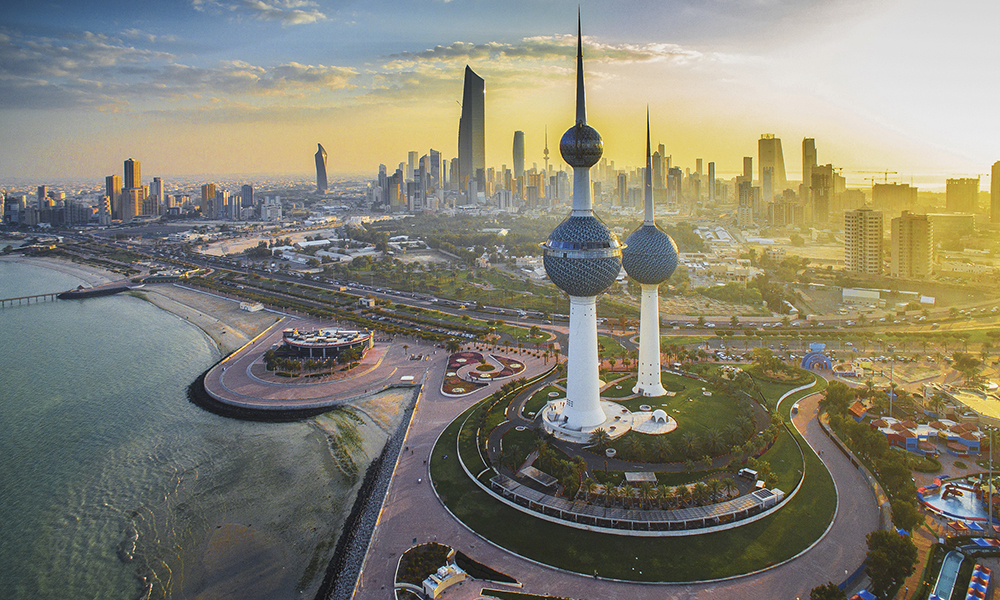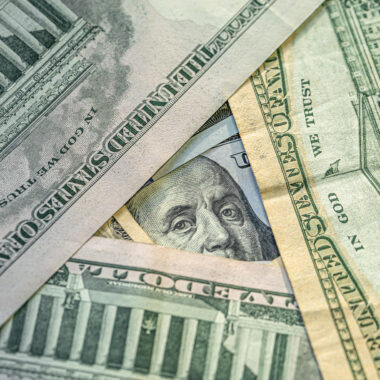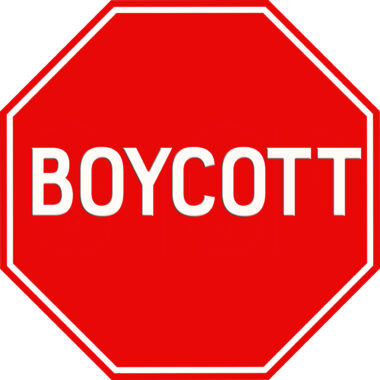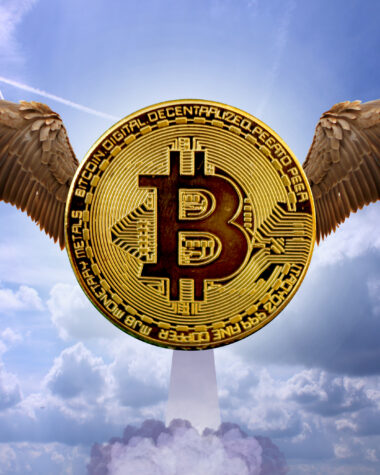In the ever-shifting landscape of global currencies, the Kuwaiti dinar stands as an outlier, a beacon of stability and wealth amidst the fluctuating tides of economic trends. Its remarkable value, often surpassing the US dollar, has earned it the distinction of being the world’s most expensive currency. This exceptional status is not merely a statistical curiosity but rather a reflection of Kuwait’s robust economy, anchored by its vast oil reserves and prudent monetary policy.
The Oil Factor: Fueling Wealth and Demand
Kuwait’s position as one of the world’s largest oil producers has played a pivotal role in shaping the dinar’s strength. With substantial oil exports generating a steady stream of revenue, Kuwait has amassed significant wealth, boosting its overall purchasing power and demand for its currency. The demand for dinars has steadily increased, driving up its value and making it an attractive asset for international investors seeking a stable and high-yielding investment.
Monetary Policy: A Pillar of Stability
The Central Bank of Kuwait (CBK) has meticulously crafted a prudent monetary policy that has been instrumental in preserving the dinar’s value. By maintaining relatively low inflation rates and a stable exchange rate, the CBK has nurtured investor confidence in the dinar’s long-term resilience. This cautious approach has helped shield the dinar from the volatile forces of global economic shocks and maintained its overall stability.
Limited Currency Supply: A Catalyst for Scarcity
Kuwait’s strategic policy of limiting the supply of dinars in circulation has further enhanced its value. By carefully controlling the money supply, CBK has effectively prevented excessive inflation and ensured that demand for the dinar remains strong. This scarcity principle, akin to the law of supply and demand, has played a significant role in maintaining the dinar’s high purchasing power and making it a prized asset among international investors.
Beyond Oil: Diversifying Economy and Political Stability
While oil wealth remains a cornerstone of Kuwait’s economy, the country has embarked on a strategic path of economic diversification, expanding its non-oil sectors, and reducing its reliance on the volatile energy market. This diversification strategy has broadened the dinar’s appeal and reduced its sensitivity to oil price fluctuations. Simultaneously, Kuwait’s long-standing tradition of political stability has fostered investor confidence and reinforced the dinar’s reputation as a haven currency.
Consequences of the Dinar’s High Value: A Double-Edged Sword
The Kuwaiti dinar’s remarkable strength has both positive and negative implications. For Kuwait, it translates into a high purchasing power for its citizens, an enhanced ability to attract foreign investment and a stable exchange rate that shields the economy from external shocks. However, this strength also raises the cost of imports, making it challenging for domestic businesses to compete in the global marketplace. Additionally, the high value of the dinar can limit the country’s tourism appeal as international travelers face higher costs of living.
Conclusion: A Currency Poised for Continued Strength
The Kuwaiti dinar’s position as the world’s most expensive currency is a testament to its remarkable economic and political fundamentals. While its high value presents both benefits and challenges, it remains a symbol of Kuwait’s resilience and economic prowess. As the country continues to diversify its economy, refine its monetary policy, and maintain its political stability, the Kuwaiti dinar is poised to remain a prominent force in the global financial landscape.





